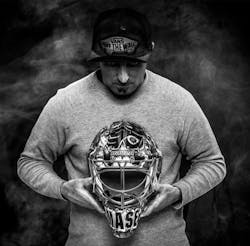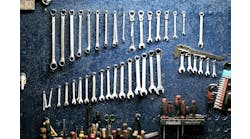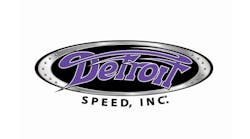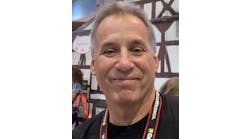Franny Drummond is one of the most renowned painters in North America. A graduate of the International Fine Arts College (Miami, Fl.), he now lives and works in Langhorne, Penn., and is the founder of the paint studio Paintzoo. Drummond’s work can be seen on Orange County Choppers, and his extensive paint portfolio encompasses everything from art pieces to motorcycles, surfboards to bowling pins, NHL helmets for several hockey teams, cars, trucks, corporate work and more.
We talk all the time about following your passion, but that’s often an arduous and tricky road. I started in 1999 and I was always an airbrush guy. I struggled against the computer end of it a bit, as painting was going the way of Photoshop. Working when young at Boardwalk City, I was inspired by those people—classic pinstripers and painters—and that’s how I cut my teeth. It was repetitive painting t-shirts at Ron Jon’s, and how many “Harry loves Susie” t-shirts can you make?
I always wanted to do the clearcoat end of it. When clearcoat paint hits something—whether metal flake or candies—it’s forever. Today, we’re getting into the fine art of it; you can do a piece of aluminum and hang it in your house or your shop. You can paint tables or all kinds of cool stuff. Working for someone or for a larger organization may restrict you in some way, as I felt restricted; you only do what people ask you what to do. Artsy people are different. What helped me was trying to actually learn a little more about computers. Years later, social media was a huge boon to the paint community. It’s our portfolio and our way of connecting to other artists. You can’t always reach out via email or phone, but twenty years ago you couldn’t even text. Instagram really helped our industry so much.
And you can learn in a variety of ways. Sometimes being a mentor or teacher is one of the most refreshing (and challenging!) ways to do so. That’s what’s so great about paint—you get to show what you love and give it to the next generation. Twenty and 30 years ago, painting was similar to the tattoo industry—it was tight with not giving secrets away, and people wouldn’t show what they were using to achieve certain looks. All we had were magazines such as Airbrush Action. If hot rodders wrote an article on paint, you’d go right there and soak it up. There were no classes, and there was no online community; there was only what you happened to stumble across. Today, whenever I teach, I tell students don’t be afraid to fail—you’re going to fail. The best custom painters know how to fix a mistake, and sometimes you can turn a mistake into a great piece of art.
In this community—no matter your skill level, age, gender or location—it’s easy to be inspired, and what helps keeps me motivated year after year is simply being happy and being creative; it’s really not always about the money. I like to bury myself in the shop, be left alone, get to work, be creative and produce something beautiful.
See more on Instagram @PaintZoo.
Sponsored by




